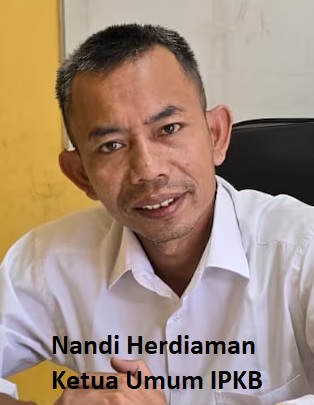Catatan Redaksi dari Nandi Herdiaman (Ketua Umum IPKB)
Di sebuah gang sempit di kawasan Soreang, Kabupaten Bandung, suara deru mesin jahit yang biasanya bersahutan bak orkestra produktivitas, kini mulai terdengar patah-patah. Di sana, para penjahit lokal tidak hanya sedang bertarung dengan pola kain, tetapi juga dengan kepastian hari esok. Bagi Nandi Herdiaman, Ketua Umum Ikatan Pengusaha Konveksi Berkarya (IPKB), sunyinya sentra-sentra konveksi bukan sekadar masalah ekonomi biasa—ini adalah luka bagi kedaulatan sandang bangsa.
Catatan Redaksi dari Redma Gita Wirawasta (Ketua Umum APSyFI)
Lampu-lampu di lantai produksi sebuah pabrik tekstil di Jawa Barat mulai meredup satu per satu. Bukan karena jam kerja telah usai, melainkan karena deru mesin tenun yang biasanya memekakkan telinga kini digantikan oleh kesunyian yang mencekam. Di balik meja kantornya, Redma Gita Wirawasta menatap tumpukan data yang kian hari kian mengkhawatirkan. Sebagai Ketua Umum APSyFI, ia tidak hanya melihat angka-angka; ia melihat ribuan wajah buruh yang terancam kehilangan mata pencahariannya.








